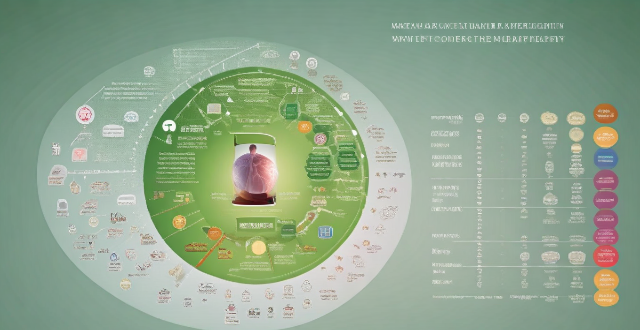The impacts of climate vulnerability on human societies are multifaceted and can be categorized into various sectors including health, economy, environment, and social structures. The health impacts include an increase in heat-related illnesses and the spread of diseases. The economic impacts involve loss of livelihoods and increased costs. The environmental impacts consist of biodiversity loss and water scarcity. The social impacts include displacement and migration, as well as food insecurity. Addressing these challenges requires coordinated efforts at local, national, and international levels to mitigate greenhouse gas emissions and adapt to the inevitable changes brought about by climate change.

Impacts of Climate Vulnerability on Human Societies
Climate vulnerability refers to the degree to which a system is susceptible to, and unable to cope with, adverse effects of climate change. The impacts of climate vulnerability on human societies are multifaceted and can be categorized into various sectors including health, economy, environment, and social structures.
Health Impacts
Increase in Heat-Related Illnesses
As temperatures rise due to climate change, there is an increased risk of heat stroke, dehydration, and other heat-related illnesses. This can lead to higher mortality rates, especially among vulnerable groups such as the elderly, children, and those with pre-existing health conditions.
Spread of Diseases
Changes in temperature and precipitation patterns can expand the habitats of disease-carrying organisms like mosquitoes and ticks, leading to the spread of diseases such as malaria, dengue fever, Lyme disease, and others.
Economic Impacts
Loss of Livelihoods
Many people's livelihoods are dependent on natural resources that are affected by climate change. For example, farmers may experience crop failure due to changing rainfall patterns or temperature extremes, fishermen may face declining fish populations due to ocean acidification or warming waters, and tourism operators may suffer from reduced visitor numbers due to more frequent extreme weather events.
Increased Costs
The cost of adapting to climate change can be significant for businesses and governments alike. This includes investment in infrastructure improvements to withstand extreme weather events, research and development of new technologies or practices, and healthcare costs associated with treating climate-related illnesses.
Environmental Impacts
Biodiversity Loss
Climate change can alter ecosystems and habitats, leading to the extinction of plant and animal species. This loss of biodiversity has cascading effects on the overall health of ecosystems, which can in turn affect human societies that rely on these systems for food, medicine, and other resources.
Water Scarcity
Changes in precipitation patterns can lead to droughts in some regions, while others may experience floods. Both scenarios can result in water scarcity issues, affecting agriculture, drinking water supplies, and industrial use.
Social Impacts
Displacement and Migration
As climate change makes certain areas uninhabitable due to sea level rise, desertification, or other factors, people may be forced to leave their homes in search of safer environments. This can lead to conflicts over resources and strained social structures in receiving communities.
Food Insecurity
Climate vulnerability can exacerbate food insecurity by reducing agricultural productivity and disrupting supply chains. This can lead to malnutrition and hunger, especially among low-income populations who are already vulnerable.
In conclusion, the impacts of climate vulnerability on human societies are far-reaching and complex. Addressing these challenges requires coordinated efforts at local, national, and international levels to mitigate greenhouse gas emissions and adapt to the inevitable changes brought about by climate change.